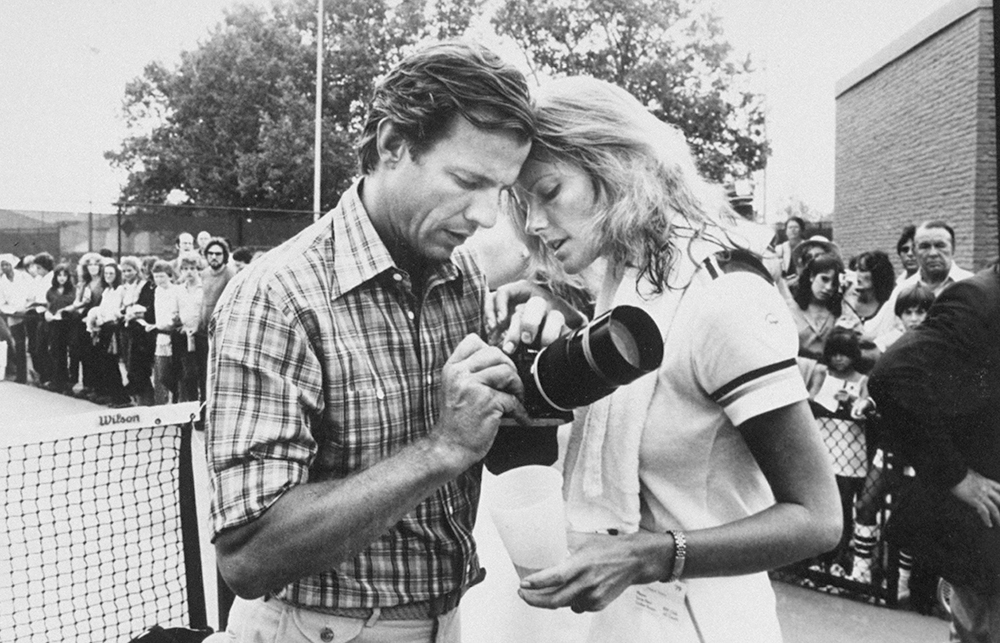In 2005 the photographer Peter Beard invited me to his Thunderbolt Ranch in Montauk on the tip of Long Island. I was writing a biography of Denys Finch Hatton, Karen Blixen’s lover, and Beard had known Blixen at the end of her life. When Graham Boynton began this biography he telephoned me, and I told him about that weekend I spent alone with Beard. At the end of my story, there was silence. Then Boynton said: ‘You’re the only woman I’ve ever heard of he didn’t make a pass at.’
Born in New York in 1938, Beard was a trust-fund Wasp, Yale-educated. Having started as a fashion photographer, he became famous for collages which sold for hundreds of thousands of dollars at Christie’s in London and New York. Typically, these works, many enormous, combined photographs with diary pages, hand-drawn illustrations and splashes of blood that had either been obtained from a butcher or taken from his own arm. In Nairobi, where he was partly based, he took on Blixen’s role as a kind of mystical keeper of Kenya’s game. Boynton writes: ‘Having started his time in Kenya as a brave hunter of wild animals, Beard began to see with searing clarity the damage the colonial hunting industry had visited on the continent’s ecosystem.’ His influential and controversial 1965 book The End of the Game was a threnody to a disappearing wilderness. The second edition, published 12 years later, famously showcased the calamitous drought and elephant die-off in Tsavo.
Boynton, a journalist raised in what was Rhodesia, was a friend of his subject for 30 years, though Beard’s family refused to talk to him for this book. He visited Beard’s 45-acre Hog Ranch under Nairobi’s Ngong Hills. Beard employed an art department there to collaborate on his work (‘a Left Bank in the bush’).







Comments
Join the debate for just £1 a month
Be part of the conversation with other Spectator readers by getting your first three months for £3.
UNLOCK ACCESS Just £1 a monthAlready a subscriber? Log in